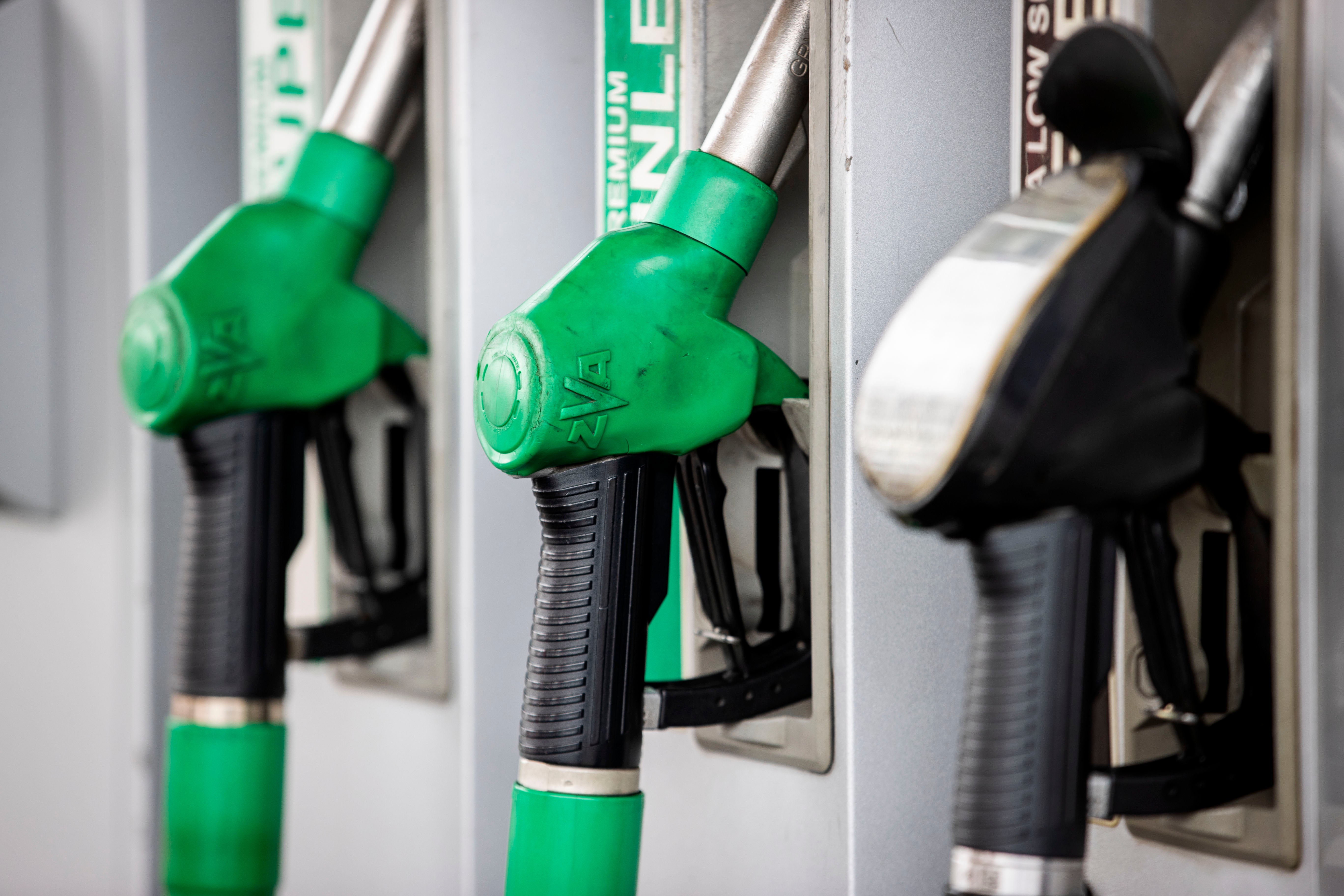Inflation soars past Bank of England target to 2.1% in May
It represented an increase on the 1.5% reported by the ONS for April.

Your support helps us to tell the story
From reproductive rights to climate change to Big Tech, The Independent is on the ground when the story is developing. Whether it's investigating the financials of Elon Musk's pro-Trump PAC or producing our latest documentary, 'The A Word', which shines a light on the American women fighting for reproductive rights, we know how important it is to parse out the facts from the messaging.
At such a critical moment in US history, we need reporters on the ground. Your donation allows us to keep sending journalists to speak to both sides of the story.
The Independent is trusted by Americans across the entire political spectrum. And unlike many other quality news outlets, we choose not to lock Americans out of our reporting and analysis with paywalls. We believe quality journalism should be available to everyone, paid for by those who can afford it.
Your support makes all the difference.The UK’s rate of inflation leapt higher last month on the back of a surge in fuel prices and more expensive clothing.
The Office for National Statistics (ONS) said the Consumer Prices Index (CPI) hit 2.1% for May, ahead of the Bank of England’s 2% target.
It represented an increase on the 1.5% reported by the ONS for April.
The latest reading was significantly ahead of the expectations of analysts, who had forecast a 1.8% rate for last month.
Last week, the Bank of England’s chief economist, Andy Haldane said a rise in inflation above the central bank’s target must be only temporary, and that long-term levels of high inflation need to be “avoided at all costs”.
ONS chief economist Grant Fitzner said: “The rate of inflation rose again in May and is now above 2% for the first time since the summer of 2019.
“This month’s rise was led by fuel prices, which fell this time last year but have jumped this year, thanks to rising crude prices.
“Clothing prices also added upward pressure as the amount of discounting fell in May.”
The ONS said higher transport and motor fuel costs were a major contributor to the jump in inflation, as crude oil prices increased amid pressures on supply.
It said motor fuels saw a 17.9% price surge over the past year, representing the highest increase for more than four years.
Clothing prices also increased by 2.3%, the biggest rise since 2018, as retailers significantly reduced their discounting a month after welcoming customers back into stores.
This inflation was only partly offset by a negative impact from cheaper food and drink prices.
Bread, cereals and meat prices all dipped after seeing significant rises a year earlier.
The Retail Price Index (RPI), a separate measure of inflation, increased to 3.3% from 2.9% in April.
The CPI, including owner-occupiers’ housing costs (CPIH) – the ONS’s preferred measure of inflation – was 2.1% in May, up from 1.6% last month.
Yael Selfin, chief economist at KPMG UK said: “There is a greater level of uncertainty about prices at present, with a possibility that inflation will turn out to be higher if staff shortages persist, triggering stronger wage rises, while cost increases continue to be passed on to consumers.
”However, with price pressures expected to ease next year and inflation to stabilise around 2%, it is likely that the Bank of England will hold fire and not raise interest rates before 2023.”